Do you know what transcranial direct current stimulation consists of? Researcher Pablo Cruz explains to us the applications of neuromodulation in neurorehabilitation.
More than a century of research suggested that solving the nine-dot problem was impossible. The exercise consists of connecting all nine dots with four straight lines.
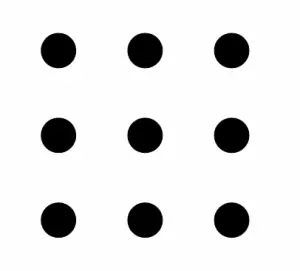
The difficulty is such that even facilitation with hints, increasing the duration or even with one hundred attempts raised the solution rate of this problem to an unrealizable category.
None of the 22 participants who took part in the Chi and Snyder (2012) experiment were able to solve the nine-dot problem prior to the administration of transcranial direct current stimulation (tDCS). However, after ten minutes of tDCS application, more than 40% of participants were able to solve the problem while none of the participants who received the sham tDCS were able to find the solution, before, during, or after.
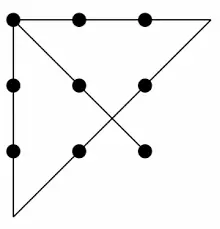
tDCS is a non-invasive brain stimulation technique that, through the use of electric current, modulates neuronal activity in order to stimulate or inhibit different parts of the brain. tDCS involves administering a weak electric current (0.5-2 mA) through at least two electrodes, with at least one of them placed on the scalp for a duration of less than 30 minutes.
Types of stimulation
There are two types of stimulation: anodal stimulation, which appears to excite neuronal activity, and cathodal stimulation, which appears to inhibit neuronal activity. As soon as tDCS is administered, the current travels in an anode-cathode circuit in which it causes the neurons located in the region stimulated by the anode to be more likely to fire. Conversely, neurons located in the area stimulated by the cathode are likely to fire less.
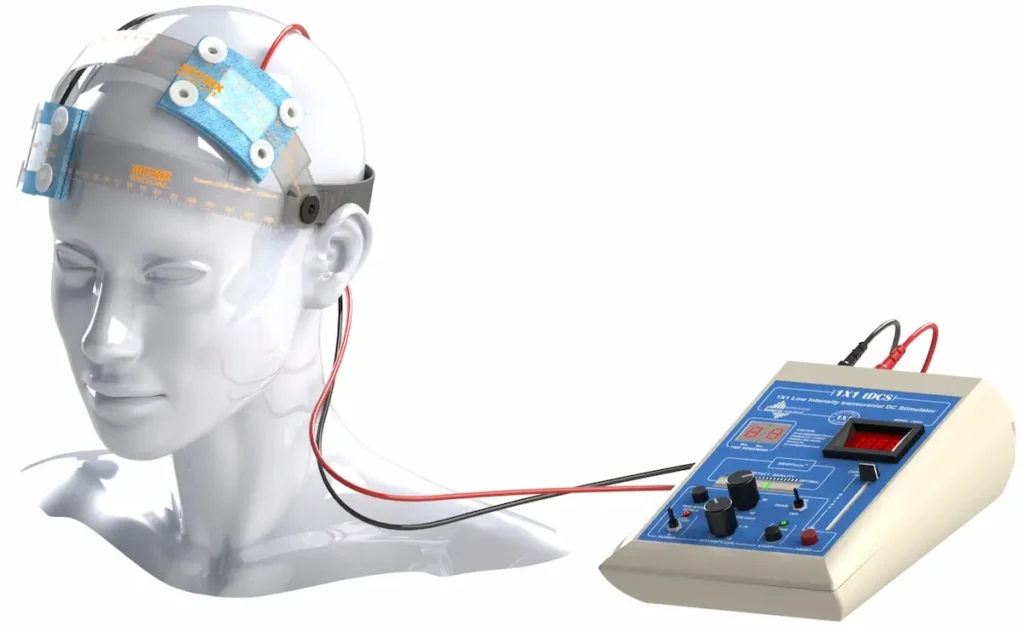
The literature over the last decade suggests that tDCS-induced modulation is considered a possible intervention capable of modulating the learning process in different areas (cognitive, motor, sensory) and in various populations, whether healthy or pathological such as dementia or stroke. However, we are in an experimental scenario in the field of Non-Invasive Brain Stimulation techniques.
It is essential to define protocols and parameters, such as, for example, knowing the areas of stimulation chosen to apply tDCS, the current used, the size of of the electrodes, the duration of the stimulation, the sessions necessary to produce therapeutic benefits, quantifying behavioral and brain activity changes or a very interesting facet to explore, which is the combination of treatments that include the use of tDCS with other motor or cognitive therapies in the form of synergy.
Applying tDCS over a specific neural circuit, while simultaneously performing cognitive stimulation could produce better therapeutic effects than stimulating the same cortical area involved in the neural circuit in the absence of a cognitive stimulus. In short, tDCS could strengthen synaptic transmissions in the same circuits that are stimulated by carrying out a cognitive practice.

Subscribe
to our
Newsletter
We are able to write signals into the brain
We are at an exciting moment in neuroscience: not only are we able to read the signals the brain sends us, but we can also write signals into the brain through neuromodulation. We can currently modify neuronal firing. The applications of this non-invasive brain stimulation technique would allow interventions in neurorehabilitation, with an unlimited potential to improve functionality and quality of life for people with neurological injuries.
It is necessary to evaluate the effects
Before jumping directly to the inclusion of non-pharmacological interventions using tDCS alone or in combination with other therapies, it is necessary to continue evaluating the effects produced in various areas, using brain imaging techniques such as electroencephalogram or functional magnetic resonance imaging, as well as evaluating the specific cognitive changes produced by the stimulation practiced or the generalization to other cognitive areas and above all measure the impact that it could have on the functionality and day-to-day activities of patients who receive these neuromodulatory interventions.
If you liked this post about applications of neuromodulation in neurorehabilitation, you may be interested in these NeuronUP articles.
“This article has been translated. Link to the original article in Spanish:”
Aplicaciones de la neuromodulación en neurorrehabilitación
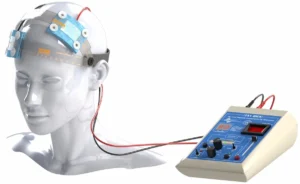

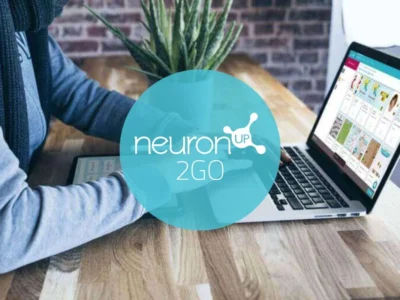

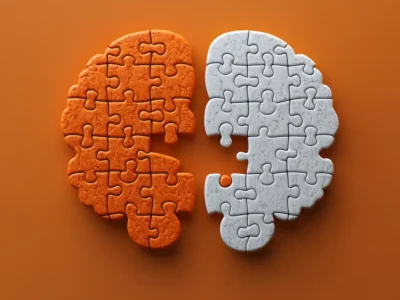
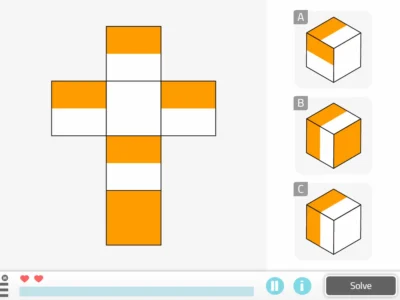

 Scaffolding: a good concept in neurorehabilitation
Scaffolding: a good concept in neurorehabilitation
Leave a Reply